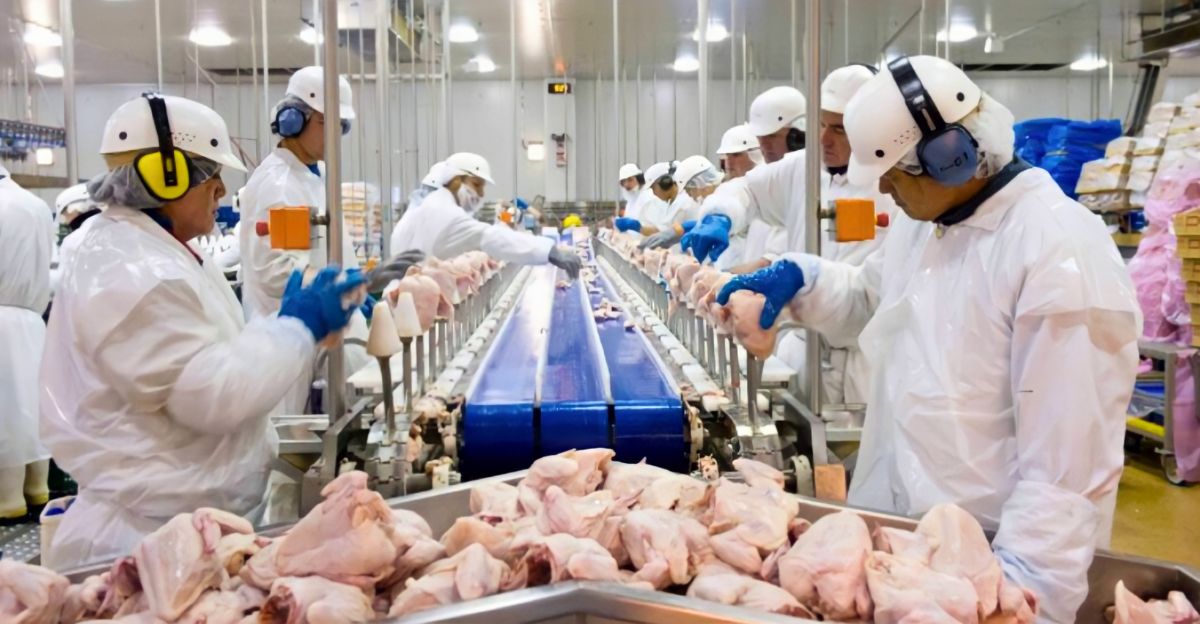
Tyson’s recent actions to shut down several of its plants and lay off thousands of employees aren’t just a company restructuring: they might be the beginning of the end for America’s meat-industry empire.
As rural towns get affected by job losses, deeper powers are at work: shrinking herds of cattle, increasing costs, automation, and consumer taste moving away from meat.
From Pennsylvania to Kansas, the closures indicate a different future regarding food. Is America’s meat industry collapsing, or simply adapting?
A Wave of Shutdowns Sweeps the Heartland
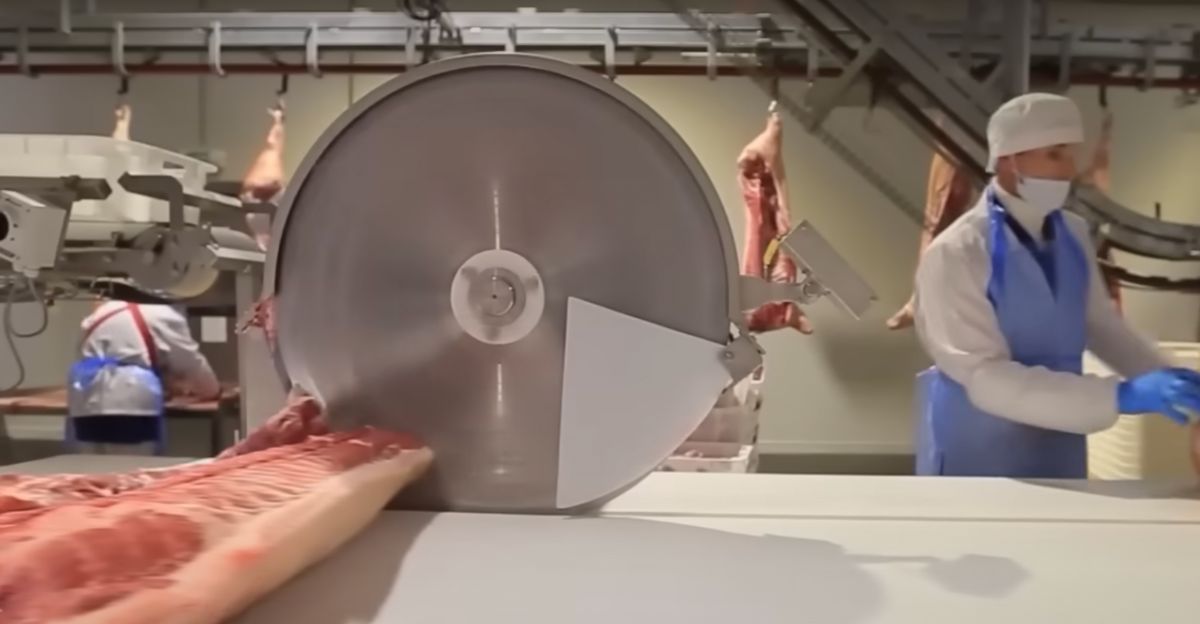
Over the past few years, Tyson has been shutting down plants throughout the heartland. The Emporia, KS plant shutdown eliminated more than 800 jobs, and the Philadelphia plant wiped out 229 jobs.
The Perry, Iowa plant shutdown was especially somber, cutting into about 1,200 jobs; almost 25% of the city’s workforce. Tyson was the economic pulse to many small towns that kept entire communities alive.
Why Now? A Perfect Storm of Pressures
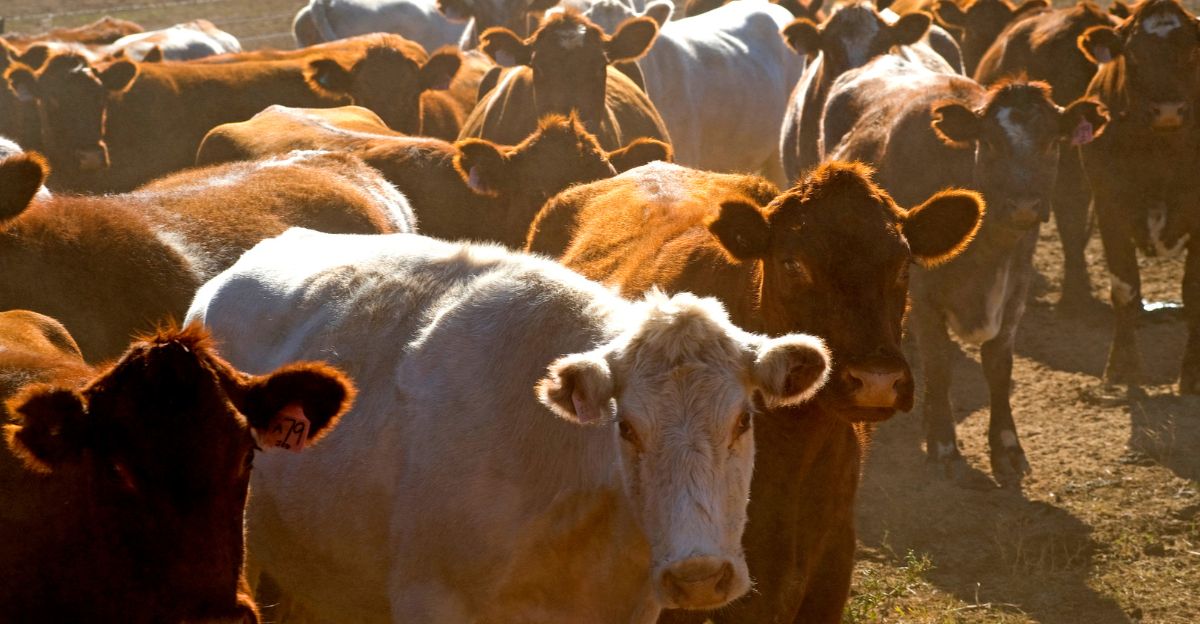
Tyson attributes closings to high cattle prices, dwindling herds, and lean profit margins. The American cattle herd dropped to 86.7 million in early 2025: the lowest since 1951.
Feed prices have risen to record levels under drought conditions that pushed many ranchers to downsize or exit altogether.
For large meatpackers with lean margins, the math of maintaining older, less efficient plants no longer makes financial sense.
Automation: The Machines Take the Line
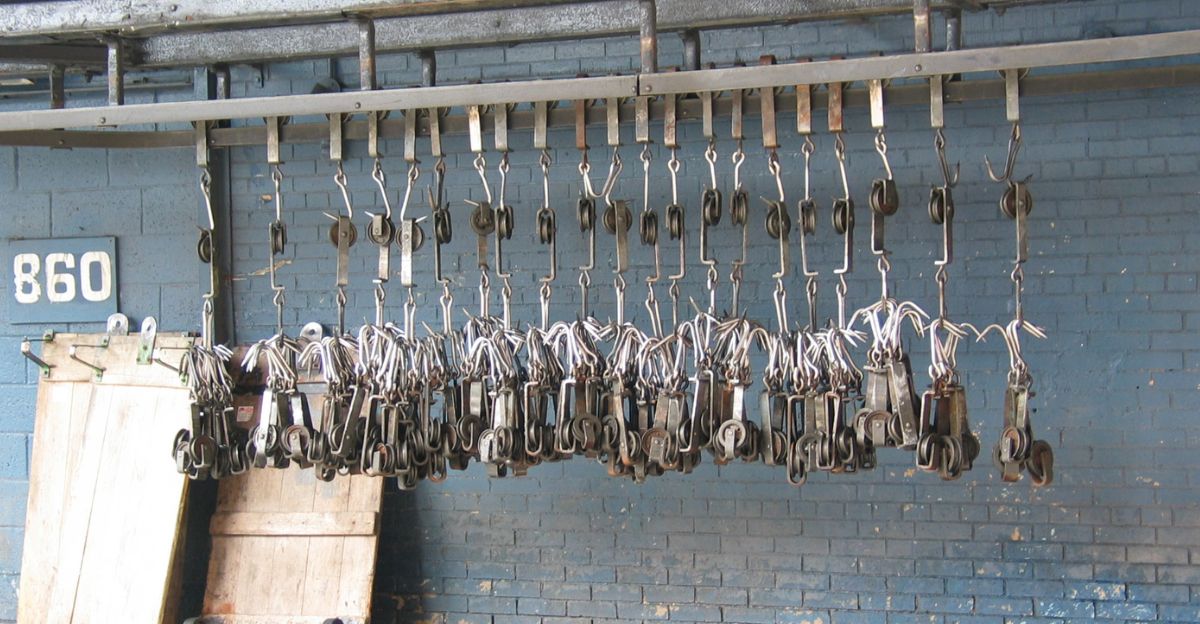
Even before these plant closures, Tyson was moving toward high-tech, automated plants. New plants use robots to cut, trim, and pack, making manual meatpacking redundant.
Older rural plants couldn’t afford the investment required to modernize with automation. Perry’s Iowa plant was too outdated to modernize, so it issued 1,200 pink slips instead.
Beyond Robots: The Emergence of No-Meat Diets

One extra aspect of this story is changing American eating habits. Although figures are varied, polls indicate that a large percentage of Americans are cutting back on meat consumption.
Several studies show that depending on the survey, flexitarians, individuals consuming less meat (not vegetarians), account for between 11% and approximately 30% of consumers.
This turn towards more plant-based diets leaves meat processors with traditional product lines struggling to respond.
The Alternative Protein Boom
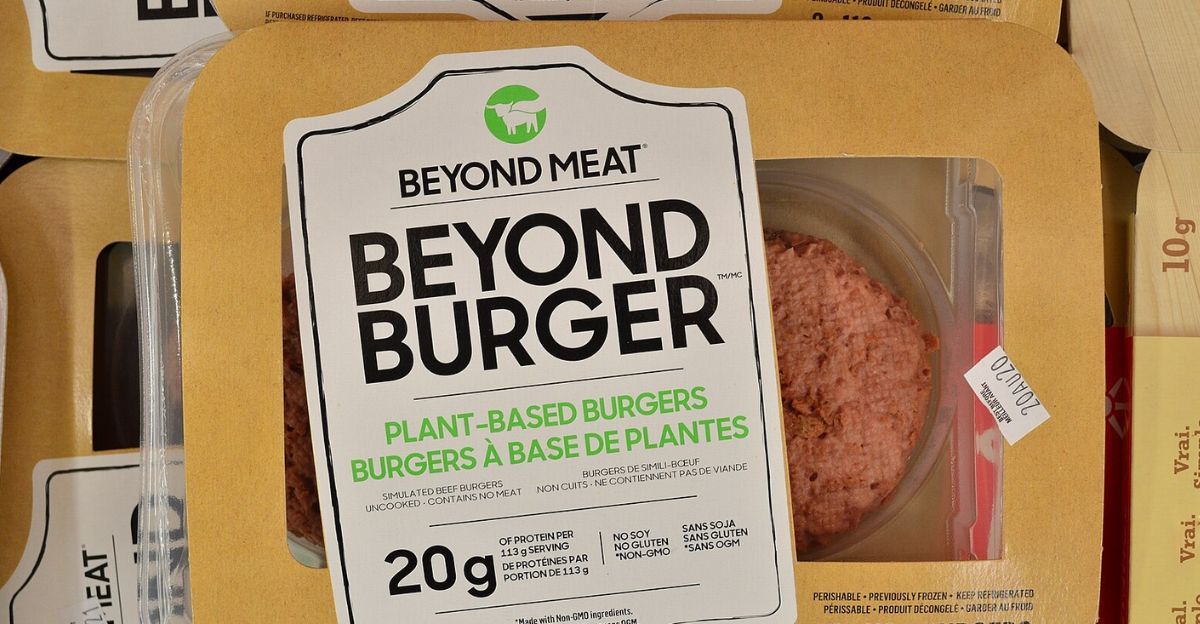
Beyond Meat, Impossible Foods, and several dozen startups are stealing grocery shelf space formerly held by animal-based meat products. Even Tyson has invested in plant-based product lines, a bet against its own traditional business model.
As younger generations become increasingly concerned with sustainability and health, traditional meat companies grapple with their brand identity and future trajectory.
Economic Body Blows to Small Towns

Cities like Perry and Emporia lost not just jobs but tax revenues, school budgets, and entire neighborhood businesses that relied on plant employees.
Perry’s shutdown alone removed about a quarter of the area labor force. While ex-employees can still find other jobs, finding other union-negotiated salaries that meatpacking traditionally offers may be hard.
What About the Beef? Shrinking Supplies, Higher Prices
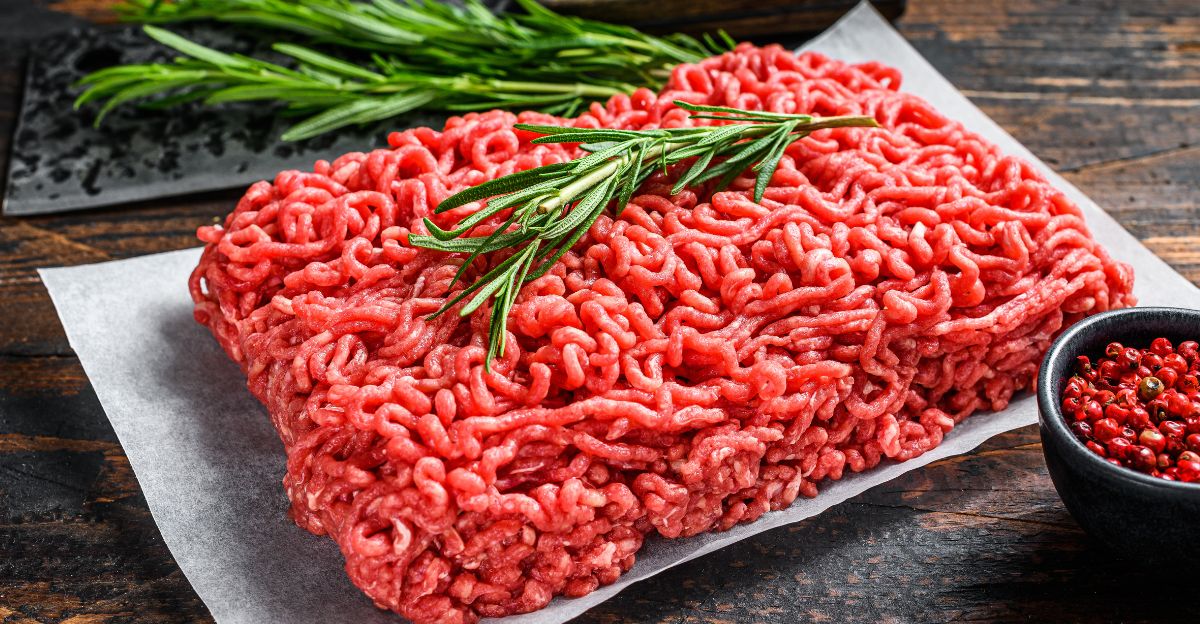
Ground beef costs have soared, with the retail average in 2024 reaching $5.35 — an all-time record highest yearly average.
The trifecta of fewer cattle, fewer plants, and pricier inputs has pushed prices well past those of previous decades. This makes meat more risky for price-conscious consumers, quickening the trend toward plant-based protein.
The Climate Factor: Meat’s Heavy Footprint
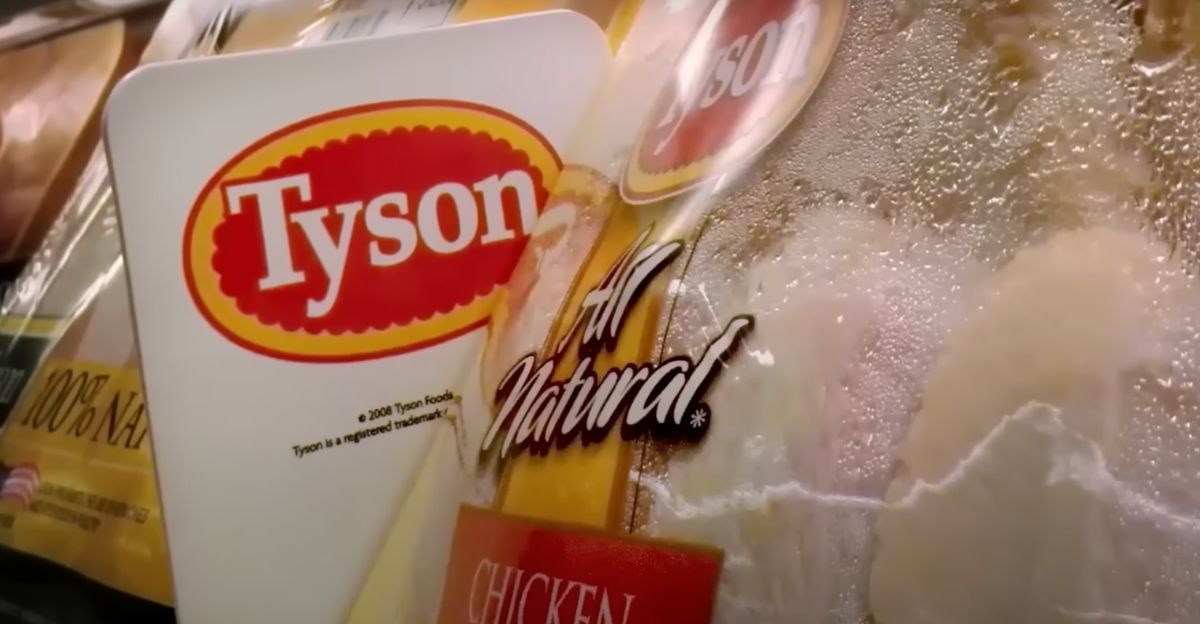
Beef production requires more land and water and generates more greenhouse gas emissions than plant proteins. As climate pressures increase, governments and investors are observing meat producers more closely.
Tyson’s factory shutdowns signal an industry that must consider altering its environmental footprint or confronting declining markets.
Food Security: More Than Meat
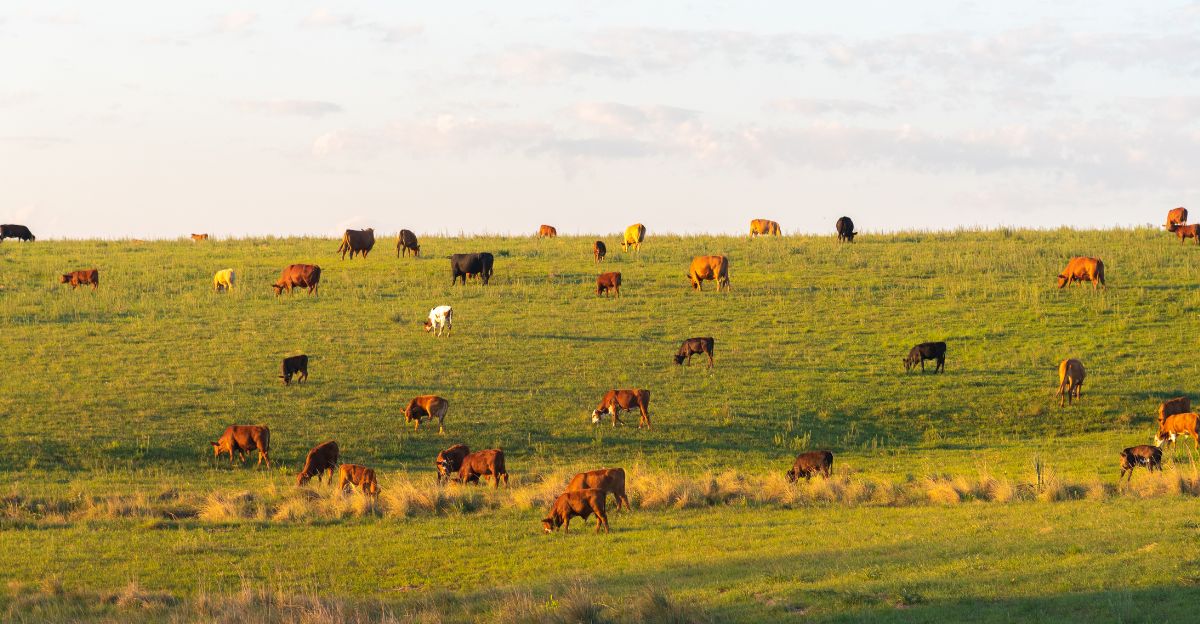
The COVID-19 pandemic exposed the fragility of heavily centralized food systems when grocery stores were hit with meat shortages. Tyson’s latest merger moves highlight similar vulnerabilities.
With fewer processing facilities, any disruption — whether from disease, weather, or equipment failure — can quickly escalate into a supply crisis. Food security advocates argue for more diversified, decentralized food production systems.
Tyson’s Official Line: Efficiency Above All
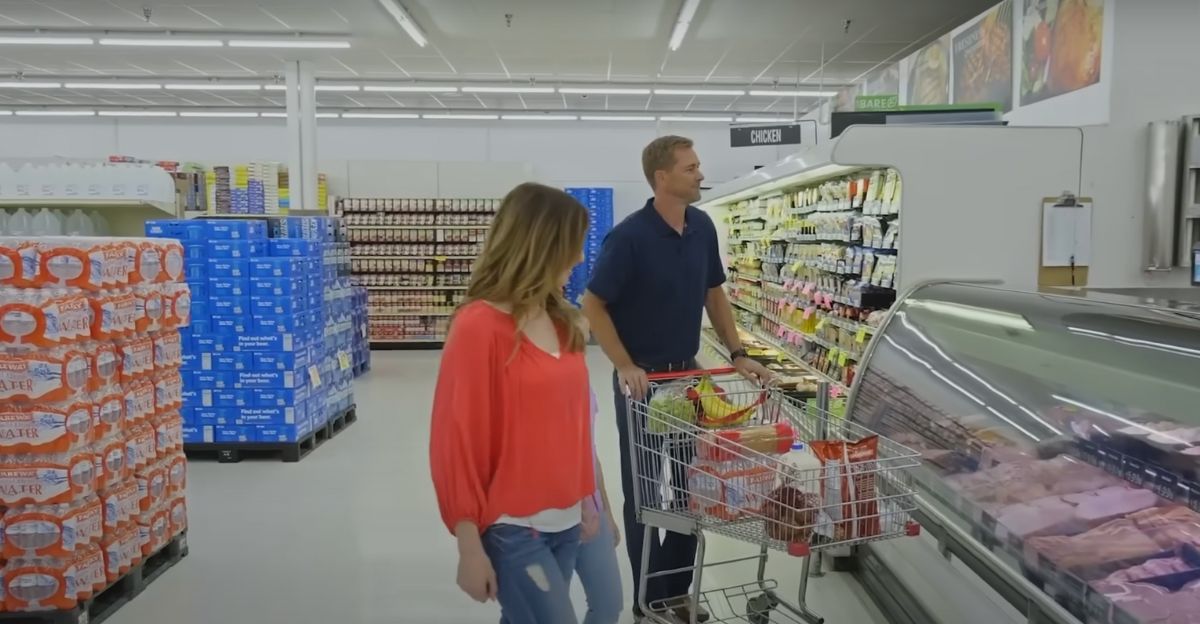
Tyson describes the closings as ” streamlining operations” to stay competitive in a tough market. Top company officials invoke the need for modernization, changing customer preferences, and increasing operating expenses.
But lurking behind the corporate jargon is another question: Is ‘efficiency’ enough to justify the economic devastation of rural communities, or does it just conceal the withdrawal of unprofitable markets?
Workers Left Behind
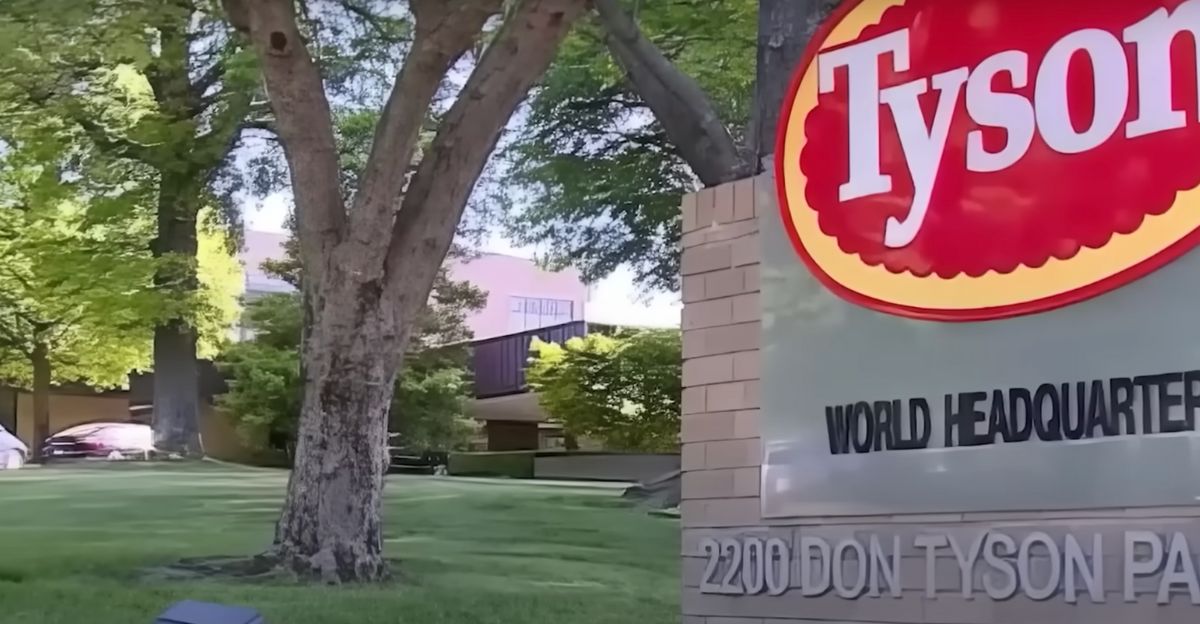
Even when companies pledge to relocate workers to other plants, few workers can or are willing to move hundreds of miles to a new Tyson branch.
Most lack easily transferable skills, and local retraining programs are underfunded or unfunded. Such good-paying, secure employment isn’t easy to find, especially in already fragile rural communities.
Meat’s Next Chapter: A Shrinking Slice
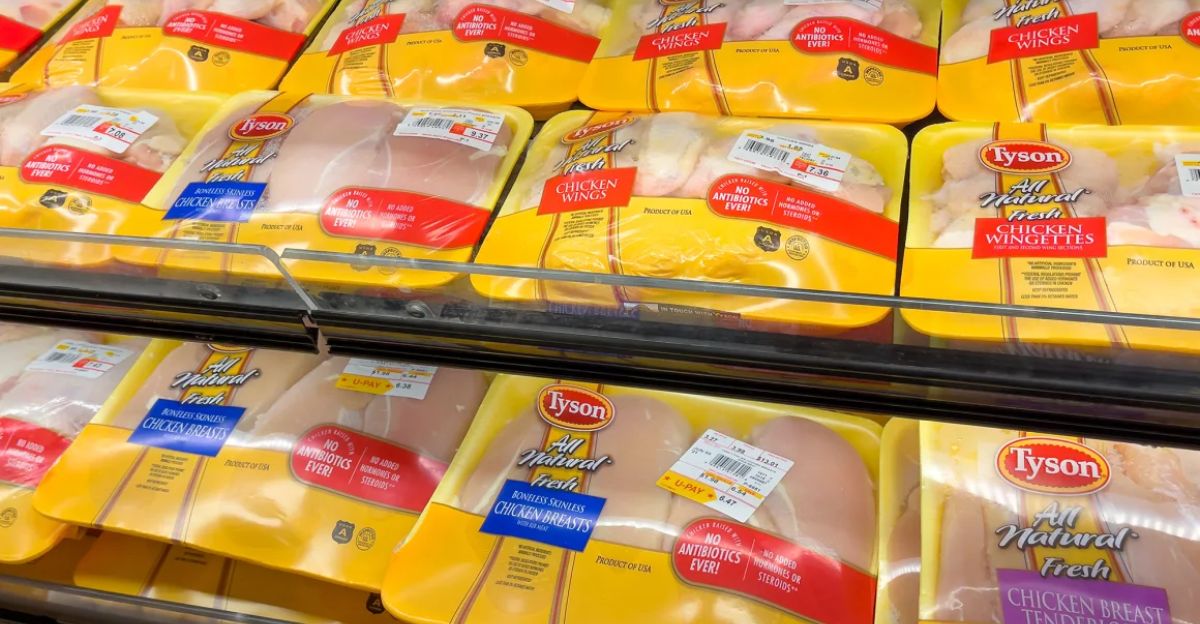
Whatever the cause — automation, rising costs, or shifting consumer taste — classic American meatpacking work continues to decline.
Tyson’s recent factory shutdowns might be the beginning of a wider industry transition. As cultured meat technology improves and plant-based products become ever more advanced, we might see the gradual transformation of a once-dominant industry.
A Future Beyond the Slaughterhouse?
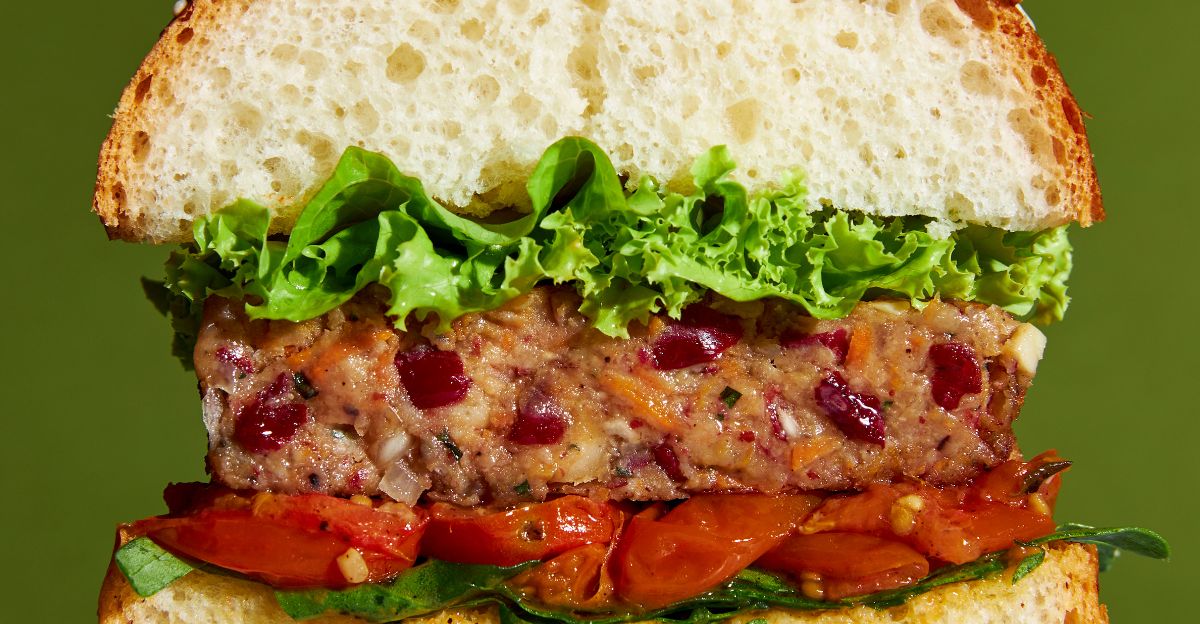
Tyson’s latest round of employment reductions isn’t just statistics — it’s a clean sign of a changing industry. America’s meat production is transforming at a considerable pace.
Younger consumers are increasingly consuming sustainably and ethically. Rural communities need to evolve or risk getting left behind.
The question on everyone’s mind is: Are we seeing the end of an era—or the start of a new, more sustainable food experience?